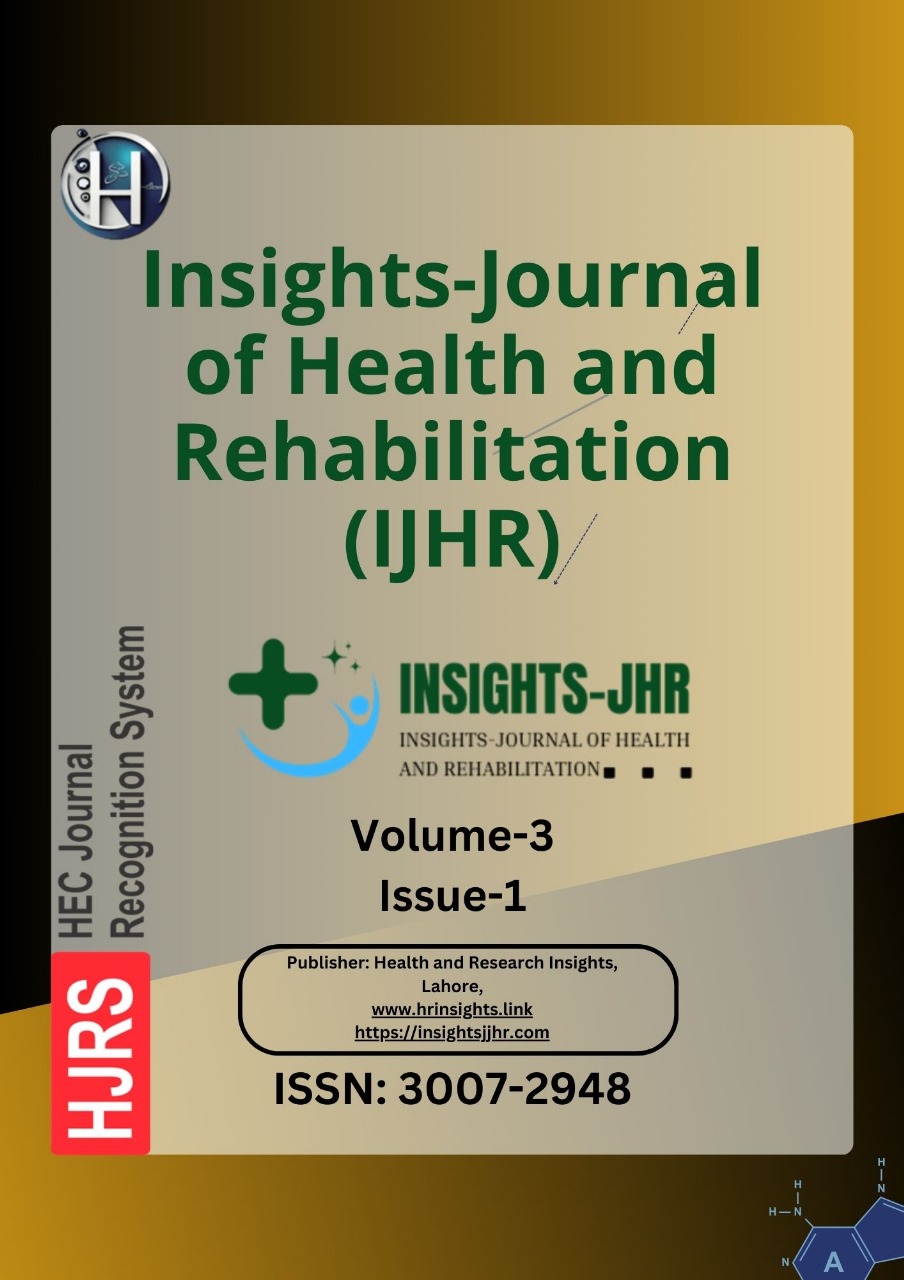ETIOLOGY OF HEPATOCELLULAR CARCINOMA, SPECIAL FOCUS ON FATTY LIVER DISEASE
DOI:
https://doi.org/10.71000/ar44m963Keywords:
Cirrhosis, hepatocellular carcinoma, liver fibrosis, metabolic risk factors, NAFLD, NASH, survival rateAbstract
Background: Hepatocellular carcinoma (HCC) is a leading cause of cancer-related mortality worldwide, with its incidence rising due to the increasing prevalence of metabolic liver diseases. While chronic viral hepatitis has traditionally been the primary risk factor, non-alcoholic fatty liver disease (NAFLD) and its progressive form, non-alcoholic steatohepatitis (NASH), have emerged as significant contributors to hepatocarcinogenesis. The interplay between metabolic disorders, chronic inflammation, and liver fibrosis plays a crucial role in disease progression, necessitating further investigation into the impact of fatty liver disease on HCC development.
Objective: This study aimed to evaluate the association between fatty liver disease, particularly NAFLD and NASH, and the development of HCC while identifying key metabolic risk factors that contribute to disease progression.
Methods: A retrospective cohort study was conducted, analyzing the medical records of 147 patients diagnosed with HCC at a tertiary care hospital between 2018 and 2023. Patients were categorized into two groups: those with NAFLD/NASH (n = 78) and those with other liver disease etiologies, including viral hepatitis and alcohol-related liver disease (n = 69). Clinical and demographic data, metabolic risk factors, liver function tests, and imaging findings were collected. Statistical analysis, including chi-square tests, t-tests, and multivariate logistic regression, was performed using SPSS version 26 to determine independent risk factors for HCC.
Results: Among 147 patients, 78 (53.1%) had NAFLD or NASH, while 69 (46.9%) had HCC secondary to other liver diseases. Metabolic risk factors were more prevalent in the NAFLD/NASH group, with obesity present in 54 (69.2%) and diabetes in 60 (76.9%) cases, significantly higher than in the non-NAFLD group (p < 0.01). NASH was identified in 56 (71.8%) of NAFLD patients, with 62 (79.5%) presenting with cirrhosis at the time of HCC diagnosis. Advanced fibrosis (stage 3 or 4) was observed in 73 (93.6%) NAFLD/NASH patients compared to 52 (75.4%) in the non-NAFLD group (p = 0.01). Multivariate analysis identified NASH (adjusted OR = 3.85, 95% CI 1.72–8.64, p = 0.01) and cirrhosis (adjusted OR = 5.32, 95% CI 2.11–13.39, p < 0.01) as independent predictors of HCC. Median survival was lower in the NAFLD/NASH group (18 months) than in those with viral hepatitis-related HCC (28 months, p = 0.04).
Conclusion: NAFLD and NASH represent significant risk factors for HCC, highlighting the growing impact of metabolic liver disease on cancer development. The strong association between metabolic dysfunction and liver cancer progression underscores the need for early screening, lifestyle interventions, and targeted therapies to reduce the disease burden in high-risk populations.
Downloads
Published
Issue
Section
License
Copyright (c) 2025 Anam Tanveer, Rehman Ullah, Samid Ullah, Shujjat Hussain (Author)

This work is licensed under a Creative Commons Attribution-NonCommercial-NoDerivatives 4.0 International License.







